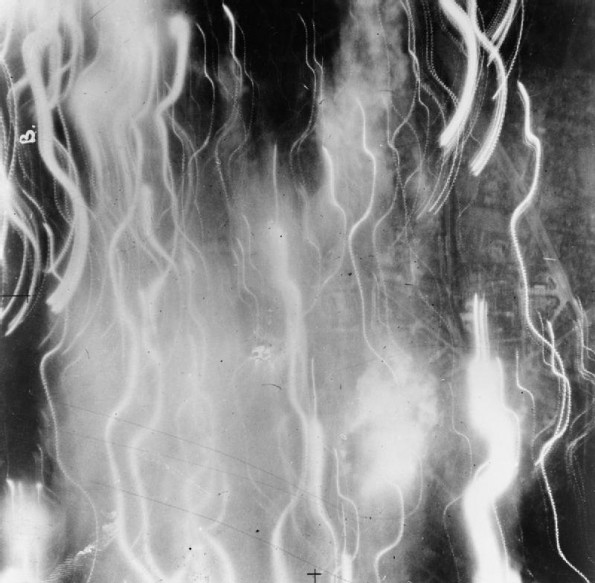“Wounded in two attacks, without oxygen, suffering severely from cold,
his navigator dead, his wireless operator fatally wounded, his aircraft crippled
and helpless, Flight Lieutenant Reid showed superb courage and leadership
in penetrating a further 200 miles into enemy territory…”

“FLIGHT LIEUTENANT WILLIAM REID, who has died aged 79, won a Victoria Cross in 1943 for his heroism on a bombing expedition to Germany.

Flt Lt Bill Reid VC’s aircraft
On the night of November 3 1943, Reid was serving with 61 Squadron as captain of a Lancaster bomber on the way to Dusseldorf when it was attacked by a Messerschmitt 110 nightfighter as it crossed the Dutch coast.

Vertical aerial photograph taken over the centre of Dusseldorf at 11 pm on 10 September 1942, at the height of the major night raid by 479 aircraft of Bomber Command. Most of the area photographed is covered with widespread incendiary fires, from which flame and smoke are rising to obscure the target (WW2Today)















